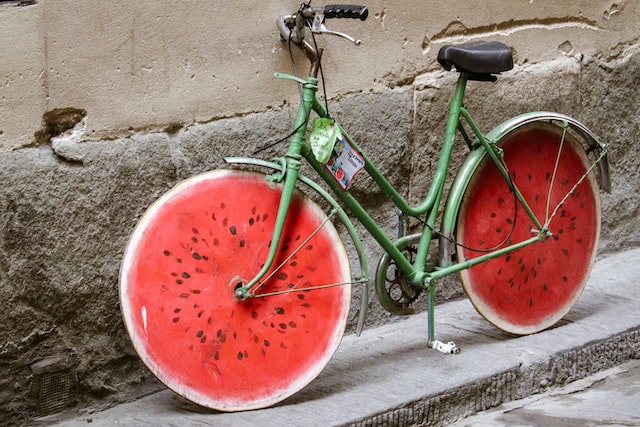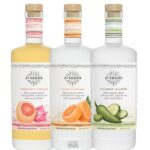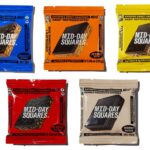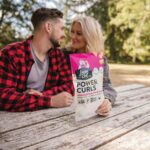Do you use a lens of disruption for new products?
In today’s crowded consumer packaged goods world, standing out in the food and beverage industry is more critical than ever. You’ll never succeed in bringing to a buyer another product that looks, feels, and smells like everyone else in your segment.
How will consumers find your brand if it blends into the category? Do we need another iced tea, wine, or whiskey?
No – but there is always a place for a disruptive brand that is made for a specific, narrow, and underserved consumer. And, there is a powerful opportunity for a new brand to anchor itself on how the company does business, not just what they sell. The coffee shop that hires developmentally disabled adults or the bakery that employs people out of prison who have little training but want to change their life.
With so many product options available to consumers, making your product stand out and capture their attention can be challenging. The following list is the ten best ways to disrupt the food and beverage industry through marketing insights and innovation.
Ten Disruptive Considerations To Fine-Tune Your Lens of Disruption
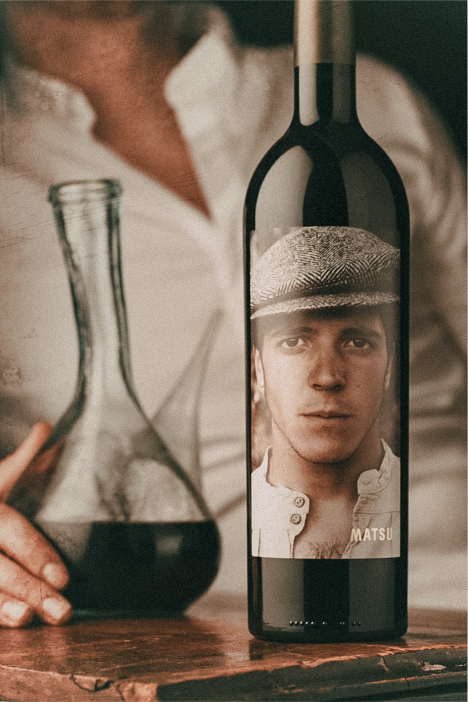
- Embrace the power of the story. Consumers today want to know the story behind the products they buy. Creating a compelling narrative around your product can differentiate it from the competition and build a loyal customer base. Perhaps you are the first in a male-dominant category to make a product designed for women. Or maybe instead of talking about your energy bar, you emphasize how work has helped you through your addiction and recovery. Matsu Wine has photographs of field workers on the bottle who represent different ages. Wine rarely depicts people on its packages, and this brand successfully breaks the pattern.
- Use data to inform your strategy. By gathering data on your target audience and analyzing it, you can gain valuable insights into what drives their purchasing decisions. This information can then inform your marketing strategy and create more effective campaigns. Quantitative and qualitative research is a window into your target audience’s world. But it needs analysis and hypothesis to guide the effort. I like to develop a few hypotheses to test with consumers – unaided and aided. Never ask someone close to you what they think about your new craft beer or protein drink. They’ll try to please you and be kind; their input rarely helps.
- Focus on the packaging. The packaging of your product is often the first thing consumers see, and it can significantly impact their purchasing decision. Eye-catching packaging design can make your product stand out on the shelf. My friend Nancy Frame is an excellent example of leveraging design for brand growth and success. I like to start by identifying all the conventions of a category – what does everyone show on their package? Then, do something different to get noticed in a crowded field. We see a red umbrella in a sea of black ones. Find a lens of disruption. Break the pattern and don’t follow the rules of the category. Or, you’ll end up blending in like beige wallpaper.
- Create a brand personality. You can create an emotional connection with consumers by developing a unique brand personality. This can be achieved through a consistent visual identity, messaging, and tone of voice. I like to start with brand archetype exercises to help identify if you are trying to be a jester, sage, hero, or everyday person. Like people, your brand needs a consistent personality across all communications platforms.
- Embrace the power of experiential marketing. Creating immersive and interactive experiences can create a deeper connection with consumers and differentiate your product from the competition. More prominent brands with sufficient budgets can find alternative approaches to invest in consumer experiences versus traditional advertising. The coming wave of marketing is building community and belonging for consumers through experiences.
- Invest in content marketing. Creating valuable and informative content can educate and engage consumers and establish yourself as a trusted authority in your industry. A blog should answer the typical questions in the consumer’s mind. Please find out the most common questions from prospective leads and let experts answer them. But make sure they are written in a way that is easy to understand – and helps you get the key message without being buried in technical or industry-speak. Consider reading the book Smart Brevity by Axios to find a helpful example of a more precise communication style.
- Use cause marketing. Aligning your brand with a cause important to the people you serve can create a deeper emotional connection with consumers and differentiate your product from the competition. Find a meaningful lens of disruption as a way to get a non-profit involved with your brand beyond a donation for every widget sold.
- Leverage social media. Social media is a powerful tool for reaching and engaging with consumers. You can create buzz around your product and reach a wider audience by engaging content and leveraging influencers. But not all social media is the same so make sure your posts are genuine and helpful, not salesy. If your resources are limited, pick one platform to focus on – you don’t have to be everywhere.
- Leverage the power of video. With the rise of video content, creating engaging content to promote your product is more important than ever. Investing in video production allows you to create a powerful visual storytelling tool that can be shared across multiple platforms. Find clever and unusual ways to make video stories. Think about using explainer videos to break down complex stories. With short attention spans, long videos alone can be challenging, so think about snack-sized bites of video content.
- Stay on top of trends. The food and beverage industry is constantly evolving, so staying on top of trends and adapting your marketing strategy is essential. This could include experimenting with new channels, such as virtual or augmented reality, or exploring new flavors or ingredients. Find the white space and see if you can create products that align with trends. As consumers eat more plant-based products, maybe you can find a novel way to use vegetable products like noodles made from zucchini or squash.
Standing Out with a Lens of Disruption
Remember, standing out in today’s crowded market is about creativity, innovation, and daring.
But by embracing the power of storytelling, leveraging social media, using data to inform your strategy, focusing on packaging, creating a brand personality, embracing the power of experiential marketing, investing in content marketing, using cause marketing, leveraging the power of video, and staying on top of trends, you can disrupt the market and capture the attention of consumers. Remember, being creative, innovative, and daring is the key to success in this industry.
Break the mold. Find a new place to put your emphasis. Don’t be one of many. Be original.
You can set up a time to chat with me about your marketing challenges using my calendar. Email me jeffslater@themarketingsage.com Call me. 919 720 0995. The conversation is free, and we can explore if working together makes sense. Watch a short video about working with me.
Photo by Nick Fewings on Unsplash
